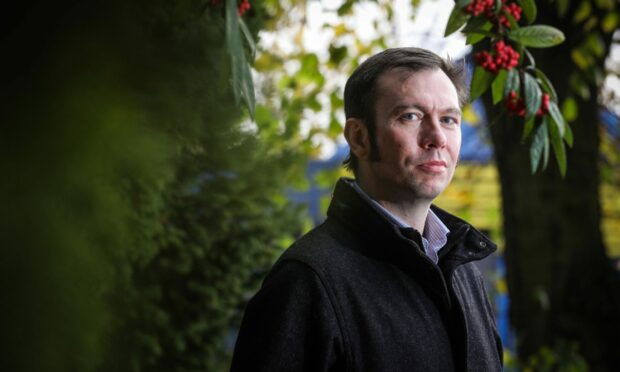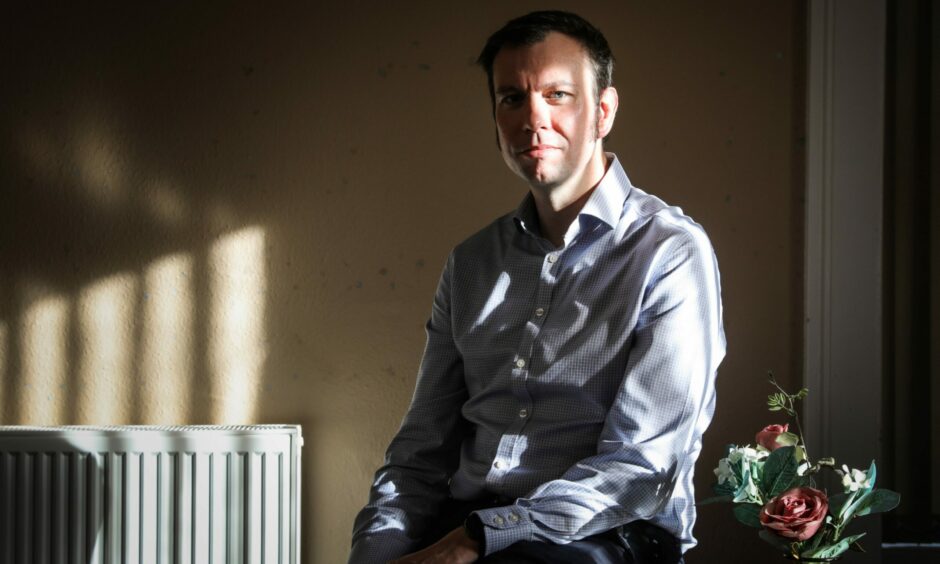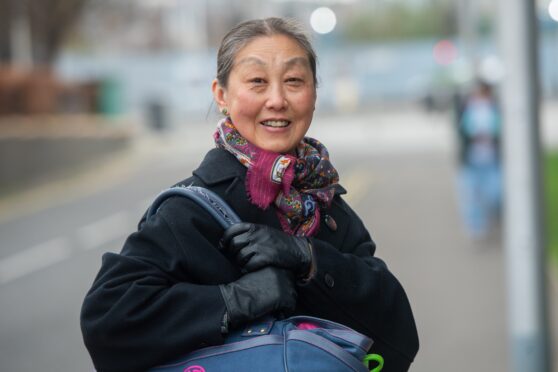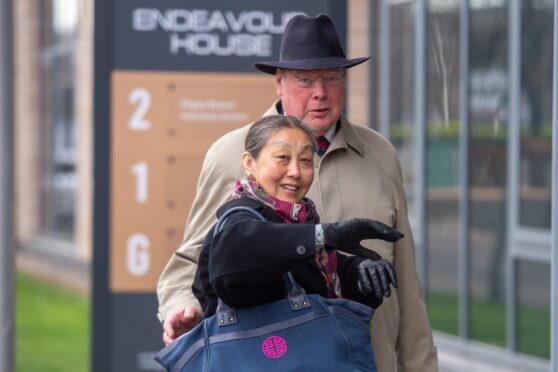Dundee teachers could strike in June if union members vote in favour of industrial action at a second ballot.
The Dundee branch of teaching union Educational Institute of Scotland (EIS) is opening a second ballot next week, after 88% of its members voted in favour of industrial action in a recent online ballot.
The second ballot will open from April 19 to May 9, as part of the union’s Stop Faculties campaign.
The campaign has also launched a public petition in reaction to Dundee City Council’s plans to remove 110 principal teachers from secondary schools as part of wider changes to school management structures.
David Baxter, Dundee’s EIS rep, said: “Teachers in Dundee have shown that they are vehemently opposed to the introduction of moving secondary schools to a faculty structure and are firmly against these damaging proposals.
“In cases where other councils have sought to move to faculty structures, they have made the argument that this will lead to cost savings.
“Yet, the proposals put forward by Dundee Council will actually cost money to implement, with any potential savings coming many years in the future.
“This will starve already stretched school budgets even further, with less money available for school resources and staffing.”
The EIS claims the removal of principal teachers could affect pupils by creating disruption to learning, fewer experienced teachers and less dedicated support.
And it says the restructure would impair teachers’ career progression, increase workload and stress, and result in less teaching time.
David added: “We are urging all our members in the secondary sector in Dundee to use their vote in this upcoming ballot. We must send a very strong and very clear message to Dundee Council that these proposals are unwelcome and must now be scrapped.”
Talks to continue
Dundee City Council has said council bosses are “hoping and willing” to continue talks with the trade unions.
A spokesperson for the council said: “The change from the current system of a principal teacher for each subject area was initially agreed by councillors three years ago, but has been delayed due to the pandemic.
“Dundee will become one of the last of Scotland’s 32 local authorities to adopt the faculty model.
“The change is designed to improve the quality of learning and teaching in our secondary schools by providing enhanced whole school leadership that can better support pupils and improve outcomes.
“It has always been important to us not to impose a ‘one size fits all’ faculty structure on schools.
“That is why we have engaged with head teachers and unions from the outset.
We have engaged with head teachers and unions from the outset.”
Dundee City Council spokesman.
“Since this decision was taken at committee, our head teachers have been empowered to design a faculty structure which best supports their school’s curriculum and leadership requirements – within financial parameters. Individual school proposals have been developed by head teachers, in consultation with staff.
“Faculties are only part of a range of measures which are being taken forward in Dundee schools to improve the situation as we work to reduce the attainment gap.
“Secondary schools are moving to the new system on a phased basis. The first stage will act as a ‘test of change’ and there will be regular reviews with head teachers as part of the process.”










